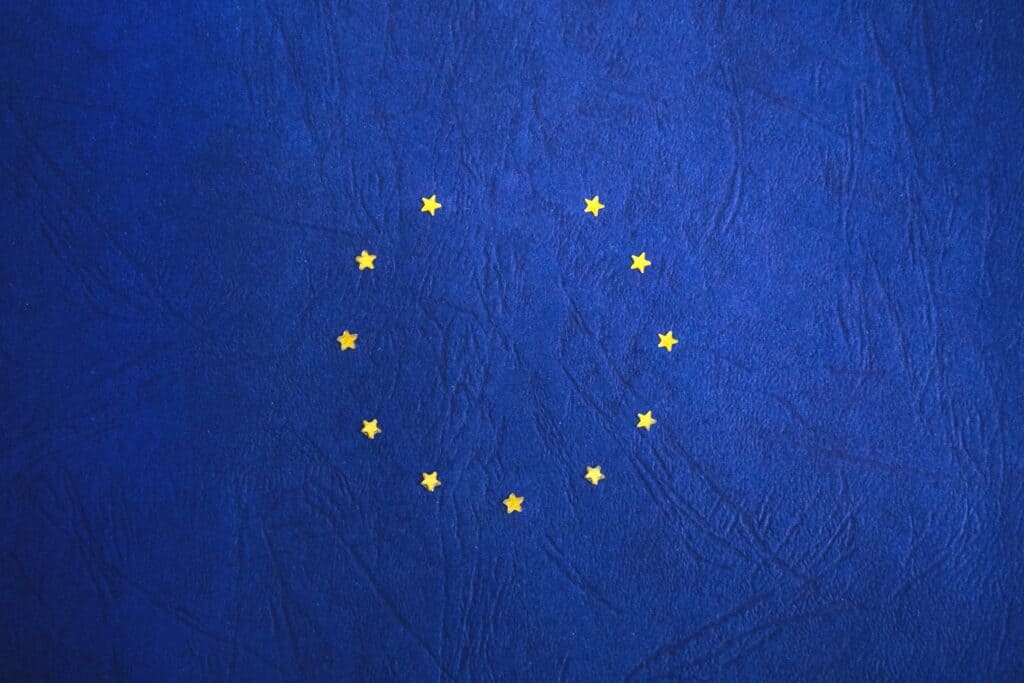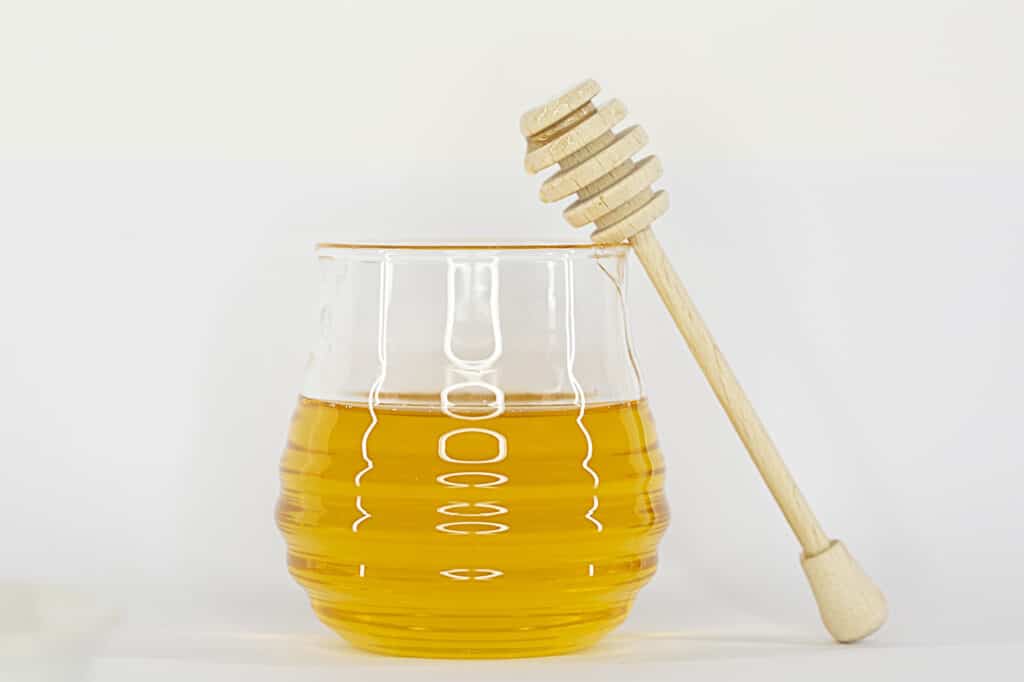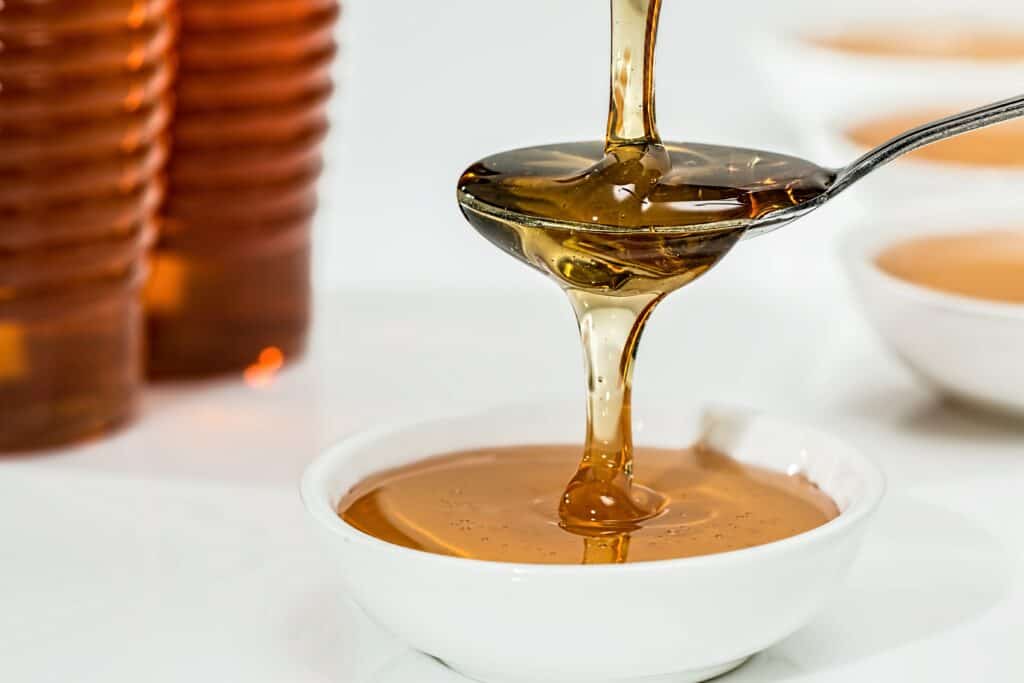Raw, Organic, Pure or Natural Honey?
The greatest confusion buyers have when buying honey is the difference between honey’s different attributes. These attributes are very similar but what are the differences if any exist?
What is Natural Honey and What Does European Law Dictate in the matter?

According to the European Council Directive 2001/110/E3 “Honey is a natural sweet substance produced by Apis Mellifera Bees” and by “Natural”, according to the Cambridge Dictionary (2021) we intend “as found in nature and not involving anything made or done by people”.
The important consideration here is human intervention. Many individual producers and distributors around the world add large quantities of corn syrups to the honey. Corn Syrups are much cheaper thus allowing honey producers and distributors to obtain significant profit margins.

Is that all? Unfortunately, not! Often resellers add colourants to give the honey the desired colour.
Honey consists essentially of different sugars, predominantly fructose and glucose, as well as other substances such as organic acids, enzymes and solid particles derived from the honey collection. (EUR-Lex, 2021).
Directive 2001/110/EC limits human intervention that could alter the composition of honey and thereby allows for the preservation of the natural character of honey.
In particular, Directive 2001/110/EC prohibits the addition of any food ingredient to honey, including food additives, and any other addition other than honey. This is a very interesting fact since this is where BLENDED HONEY comes in.
“Blend of EU and non-EU honeys” is the most common denomination that we can find on the labels of the cheaper honey present in most shops in the United Kingdom.
Blend of EU and non-EU honeys in a European context would indicate a mixture of potentially different “types” (not necessarily) of honey but definitely with origin from countries that are not part of the European Union and others that are.
Blend of EU and non-EU honey could effectively mean that a quantity x of EU-regulated and produced honey is mixed with a quantity x of NON-REGULATED, NON-EU honey. Nothing prohibits European honey brands to mix honey with imported honey that has been cut with sugar, corn syrup or that has been harvested early and thus contains high levels of water.
Unfortunately, these are harsh realities that damage the beekeeping industry for the scope of profit.
In the United States of America, honey labelling policies have allowed producers to dilute and blend their honey with syrups and sweeteners. Progress was made in 2014 when the FDA made clear that Blend will imply from then forward Honey + Syrup or another sweetener like sugar.
Furthermore, “accurate and consistent labelling of honey and honey products helps to ensure that honey and honey products are not adulterated or misbranded and enhances consumers’ ability to make informed choices among products” (FDA.2018).
What About ‘Blend of EU’ Honey?
This category falls into a slightly safer classification but nevertheless, very expensive honey could be mixed with other cheaper one thus altering its taste and composition while increasing the profit margin for the producer.
What does ‘Organic Honey’ mean?
Organic honey is more complex since it eliminates the presence of Pesticides in the honey. Beekeepers would need to have at least a 5 km radius (5 to 12 km depending on European region) of uncontaminated land around their activity.
Furthermore, during winter many beekeepers give their bees antibiotics to help them survive Overwintering and protect them during the year from bacterial infections.
Organic honey DOES NOT contain antibiotics nor PESTICIDES.
What About Biological Honey?
Just to clarify since there still is confusion on the matter.
- Biological – connected with the natural processes of living things (Dictionary of Cambridge,2021)
- Organic – not using artificial chemicals in the growing of plants and animals for food and other products (Dictionary of Cambridge,2021)
How About ‘Raw’ and ‘Pure’ Honey?
Raw honey is not filtered. Often Raw honey consumers will find small impurities in their honey. Over-filtering the honey often results in the honey losing many essential attributes; for example, filtered honey will have a very small concentration of pollen compared to its Raw counterpart.
Pure honey is left to “rest” for 1 or 2 days before being put into jars after being collected in order to allow big debris to deposit on the bottom of the containers and for the smaller ones to come on the surface. The beekeeper will then take out the debris.
Conclusion
NATURAL Honey
as found in nature but it can be processed and mixed with other natural products like Syrups
BIOLOGICAL Honey
refers to the production process.
ORGANIC Honey
not altered using artificial chemicals, pesticides or antibiotics.
RAW Honey
Not Filtered; as bees made them; may contain impurities (common are pollen granules)
PURE Honey
Raw but slightly filtered.
In our opinion, it is best to buy pure, raw, organic honey.

